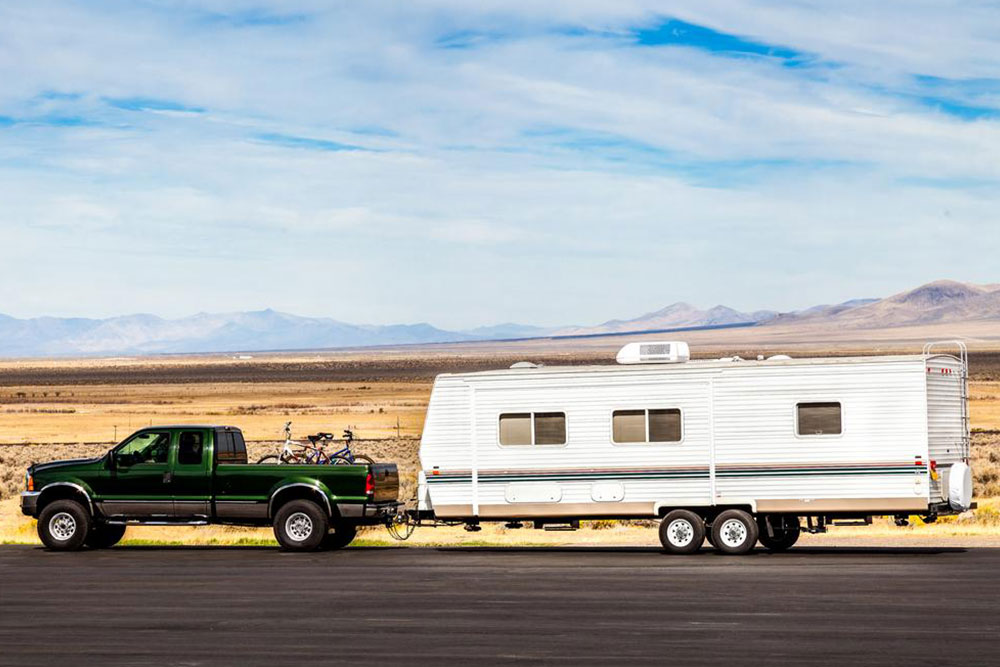Ultimate Buying Guide for Skid Steer Loaders: Find the Perfect Model for Your Construction and Landscaping Needs
This comprehensive guide provides essential insights into selecting the right skid steer loader for construction, landscaping, and industrial tasks. Covering factors from operational needs to safety and budget considerations, it helps buyers make informed decisions to maximize productivity and investment returns. Whether new or used, this guide ensures you find the optimal machine tailored to your worksite conditions, enhancing efficiency and safety across your projects.

Your Comprehensive Guide to Selecting the Ideal Skid Steer Loader
In today’s dynamic construction, landscaping, agriculture, and forestry industries, skid steer loaders have become indispensable equipment. Their compact size combined with impressive power, agility, and versatility makes them suitable for a wide range of tasks across various terrains. Whether you’re upgrading your existing fleet or investing in your first skid steer loader, understanding the key factors to consider is fundamental to making an informed purchase. This detailed guide aims to walk you through every step of selecting the best skid steer loader that aligns with your operational needs, budget, and long-term goals.
Start by Assessing Your Operational Requirements
Before diving into specific models, it’s crucial to analyze your project needs thoroughly. Understanding what tasks you want the skid steer to perform will significantly narrow down your options and help you choose a machine that offers maximum efficiency.
Define Your Job Functions
Identify the range of tasks the loader will handle most frequently. Skid steers excel at a variety of functions including digging, grading, loading materials, demolition, and material handling. Determining the primary functions will guide you in selecting a model with the right specifications—whether that’s high breakout force, increased lifting capacity, or specialized attachments.
Evaluate Worksite Conditions & Terrain
The conditions of your worksites are pivotal in choosing the right skid steer loader. Small, urban sites with tight spaces demand compact and highly maneuverable models. Conversely, larger construction sites with uneven or rugged terrain require machines with higher ground clearance, more robust tires, and increased stability. Analyze space limitations, surface types, and environmental conditions to ensure your selected loader performs safely and efficiently under your specific circumstances.
Consider also the typical weather conditions—extreme cold or heat may influence your choice of materials and engine types. A versatile operator’s environment demands a machine adaptable to climate variations with features like climate-controlled cabins or advanced cooling systems.
Engine Power, Engine Size, and Lifting Capacity
Power and size are vital parameters in choosing a skid steer loader. Lighter, less demanding tasks can be efficiently handled with models boasting 20-50 horsepower, which offer excellent fuel economy and lower operational costs. However, for heavier lifting, excavation, or demolition projects, machines with horsepower exceeding 100 hp may be necessary to deliver the required power without compromising productivity.
Alongside engine specs, consider the lifting capacity of the machine. Higher lift capacities translate to increased productivity, enabling you to handle larger loads in fewer passes, thereby improving overall efficiency and reducing operational time.
Deciding Between New and Used Skid Steer Loaders
Investing in a brand-new loader provides the latest technology, advanced features, higher fuel efficiency, improved safety measures, and comprehensive warranties. New models often come with enhanced comfort features such as ergonomic cabins, better visibility, and modern controls, which not only increase productivity but also operator comfort.
On the other hand, used skid steer loaders can be a cost-effective alternative for budget-conscious buyers. Well-maintained pre-owned machines can deliver high performance at a lower price point. Always perform thorough inspections, review service and maintenance history, and verify warranty options before purchasing a used loader. Additionally, consider the availability of spare parts and the reputation of the seller or dealer to avoid future inconveniences.
Key Features to Prioritize When Choosing a Skid Steer Loader
Attachment Compatibility and Versatility: Ensure that the model supports a variety of attachments such as buckets, augers, pallet forks, hydraulic breakers, and more. A quick-attach system facilitates seamless changing of tools, saving you time and increasing operational efficiency.
Operator Comfort & Safety: Look for models with comfortable, ergonomic cabins with adjustable seats, intuitive controls, and excellent visibility. Safety features such as Roll-Over Protective Structures (ROPS), Falling Object Protective Structures (FOPS), seat belts, and emergency shutoff systems are essential for operator safety.
Maintenance Accessibility and Ease of Service: Machines with accessible engine compartments, easy-to-reach service points, and clear maintenance schedules reduce downtime and repair costs. Confirm that quality spare parts are readily available and that the dealer network supports your location for prompt service.
Fuel Efficiency & Emissions Compliance: Modern skid steer loaders are designed to meet stringent fuel economy and emission standards. Choosing an eco-friendly model helps reduce operational costs and minimizes environmental impact.
Financial Planning & Cost Management
Set a Realistic Budget: Determine your financial limits based on the initial purchase price, financing options, and long-term maintenance costs. Don’t forget to include costs associated with accessories, operator training, insurance, and potential upgrades.
Explore Financing & Leasing Options: Many dealers offer flexible payment plans, leasing, or rent-to-own programs that can ease your upfront costs and improve cash flow.
Calculate Total Cost of Ownership (TCO): Consider fuel expenses, regular maintenance, repairs, insurance, and depreciation. A comprehensive TCO analysis will help you make a cost-effective decision over the loader’s lifespan.
Final Inspection & Purchasing Tips
Before completing your purchase, conduct a meticulous inspection and test drive. Check for any signs of wear, fluid leaks, or damaged components. Test all controls and ensure the machine responds smoothly and accurately. When possible, buy from reputable dealers or directly from trusted manufacturers to guarantee quality, support, and warranty coverage.
Partnering with a dealer with a strong support network ensures ongoing service and parts availability, critical for maintaining your investment's value and performance.
By following these comprehensive guidelines, thoroughly inspecting potential machines, and choosing reputable suppliers, you can confidently select a skid steer loader that enhances safety, boosts productivity, and delivers excellent long-term value for your operations.





